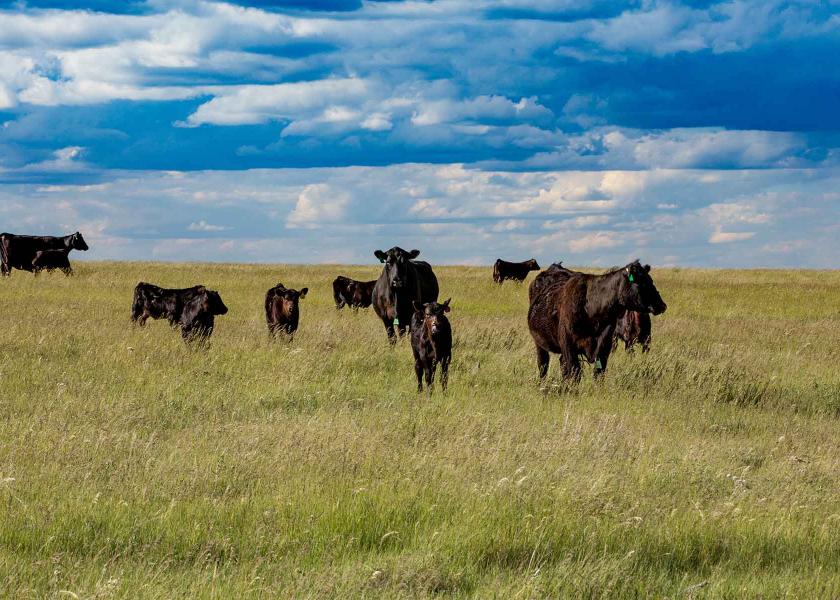Nalivka: Large-scale, Vertically Integrated Beef Industry Not Likely!

The opinions expressed in the following commentary are those of John Nalivka, president, Sterling Marketing, Inc., Vale, Oregon.
Vertically integrate the beef industry – that’s an interesting topic and one that has come up more than once. Before I go any further with my thoughts, I will say that it won’t happen and it shouldn’t happen. You might say that is a pretty strong statement. My response is that I base that statement on one key component of the beef industry that will rule out vertical integration – forage. The beef industry is a forage-based industry and that one distinction from the pork and poultry industries will hinder vertical integration.
Grassland pasture and rangeland represent about one-third of the total 1.9 billion acres that make up the lower 48 United States and this grazing resource is the foundation of the cattle industry which very efficiently converts grass to beef. This is efficiency both in terms of the process as well as the cost, but furthermore, this forage base creates a production base that is widely dispersed across the entire U.S., albeit most of the cows are located in the Central Plains from Canada to Mexico.
While costs can vary widely across 729,000 cow-calf operations depending upon individual circumstances, cash costs associated with cattle, on average, are still a relatively low-cost foundation to the entire process. One condition to maintain this cost structure is grazing with the cows going to the forage as opposed to taking harvested forage to the cows.
The above-described situation is fundamental to beef production and I do not see that situation changing anytime in the near future. While there may be perceived economic incentives to manage the entire process, nearly half of that grazing resource is owned privately. As long as that grazing resource is held in private hands, the economic incentive is toward independent decision-making. And, I would add, this independent decision-making when tied to consumer demand through sound negotiated grid pricing arrangements with premiums and discounts will create and support the best production and marketing decisions at the ranch. This is a far cry from vertical integration.
Related stories:
Nalivka: Getting The Beef Supply Chain Back On Track







